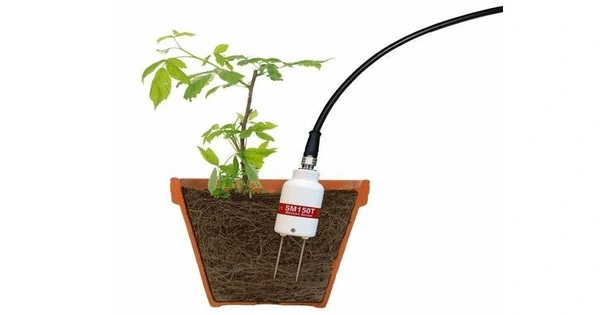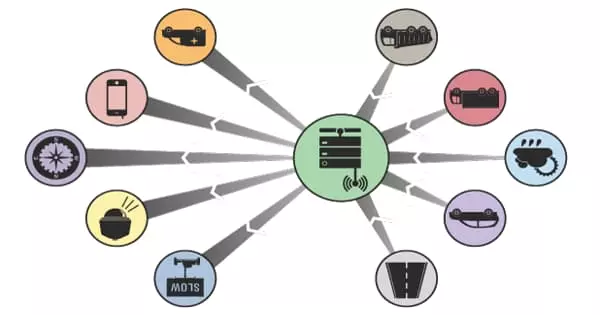Soil moisture sensors are devices that measure the amount of water in the soil. These sensors detect the volumetric water content in soil. These sensors are used in agriculture, environmental monitoring, and a variety of other applications where soil moisture content is significant.
Because direct gravimetric measurement of free soil moisture requires removing, drying, and weighing a sample, soil moisture sensors indirectly measure volumetric water content by using another soil property, such as electrical resistance, dielectric constant, or neutron interaction, as a proxy for moisture content.
The relationship between the measured property and soil moisture must be calibrated, and it may differ depending on environmental conditions such as soil type, temperature, and electric conductivity. Soil moisture affects reflected microwave radiation, which is employed for distant sensing in hydrology and agriculture. Farmers and gardeners can use portable probing tools.
Here are some key points about soil moisture sensors:
Soil moisture sensors typically refer to sensors that estimate volumetric water content. Another class of sensors measure another property of moisture in soils called water potential; these sensors are usually referred to as soil water potential sensors and include tensiometers and gypsum blocks. Types of Soil Moisture Sensors:
- Volumetric Soil Moisture Sensors: These sensors measure the volumetric water content in the soil, which is the ratio of the volume of water to the total volume of soil.
- Tensiometers: Tensiometers measure soil water potential, indicating the energy required by plant roots to extract water from the soil.
- Time Domain Reflectometry (TDR): TDR sensors measure soil moisture by sending electromagnetic pulses into the soil and measuring the time it takes for the pulses to reflect back.
- Capacitance Sensors: These sensors measure soil moisture by assessing changes in the electrical capacitance of the soil.
Installation:
- Proper installation is crucial for accurate readings. Sensors need to be placed at appropriate depths and locations to represent the moisture conditions accurately.
- Factors such as soil type, temperature, and electrical conductivity should be considered during installation.
Data Interpretation:
- Soil moisture sensors provide data that needs interpretation. Calibration is often required to convert sensor readings into meaningful information about soil moisture levels.
- Monitoring trends over time helps in understanding the soil’s water-holding capacity and the irrigation needs of plants.
Applications:
- Agriculture: Soil moisture sensors help farmers optimize irrigation practices, reduce water usage, and improve crop yield.
- Environmental Monitoring: These sensors are used to monitor soil moisture in natural ecosystems, helping in ecological research and conservation efforts.
- Landscaping: Soil moisture sensors are employed to efficiently manage water resources in gardens and landscapes.
Maintenance:
- Regular maintenance is essential to ensure accurate readings. Sensors may need cleaning, calibration, or replacement over time.
- Battery levels (if applicable) should be monitored, and any connectivity issues addressed promptly.
In summary, soil moisture sensors are valuable tools for managing water resources efficiently in various fields. Choosing the right type of sensor, proper installation, calibration, and regular maintenance are key factors in ensuring accurate and reliable soil moisture measurements.
















